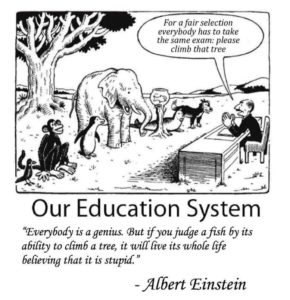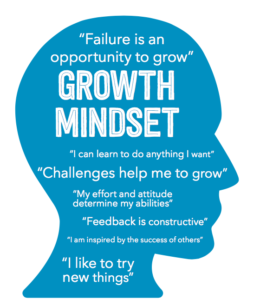Learning to Take Control

People typically have one of two perspectives on intelligence and innate ability: they either believe it’s fixed and can’t be changed and that exerting effort or making mistakes are signs of stupidity, or they believe it can be improved through hard work and that effort and mistakes will increase their abilities. The former is called a fixed mindset and the latter, a growth mindset. Science has shown that intelligence actually can grow through effort, problem solving, and risk taking. Teaching the growth mindset has been shown to increase student achievement, school engagement, and motivation.
At Red Top Meadows, students typically arrive to the program well below grade level and with countless failures in the classroom.
Over the past two years, the school has taught about the brain and the growth mindset. Students made models of neurons. They demonstrated how intelligence grows by strengthening neural pathways through effort. In writing about a time when they had to work hard, try different strategies, and get help from others to learn something new, they strengthened the understanding of the growth mindset. Students also compared their muscles to their brains to explain how they can grow their intelligence and made brain hats to take on the role of the brain to learn how the different lobes function.
The frontal lobe of the brain, which is responsible for some executive function abilities (planning, problem solving, emotional and physical regulation, and organization), can be strengthened through mindfulness meditation activities. During science class every day, the students do mindfulness activities. The final lesson in the growth mindset and neuroscience unit will have them determine how they can use meditation to strengthen the frontal lobe and take charge of the rest of their body, their thinking, and their behavior.



